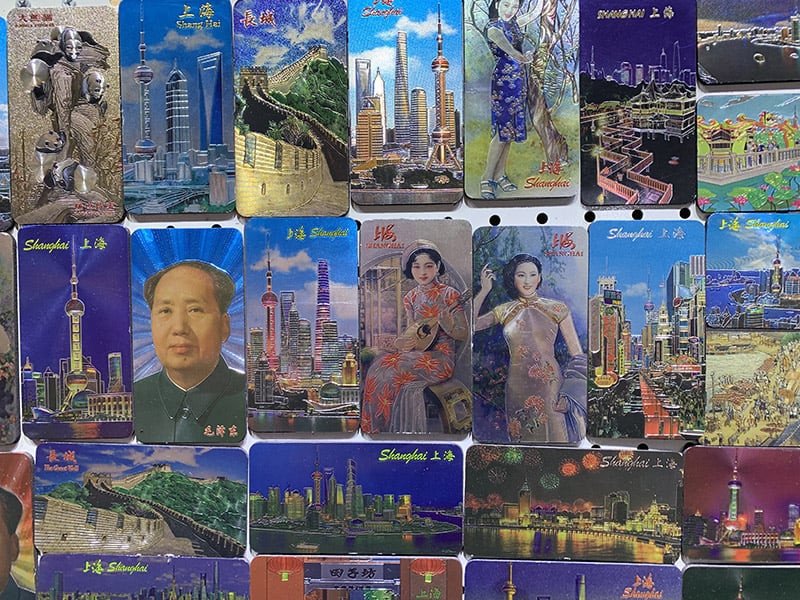I have returned to Shanghai many times since then and while I was there last week, it felt like a good point to reflect on just how rapidly learning technologies have been adopted and how China may have now overtaken us in the West.
The learning technologies market in China is showing strong growth, even though a significant number of multinationals have recently begun to tighten their investment in China. Instead, Chinese private and state-owned enterprises and the ‘One Belt One Road’ initiative have driven growth. In addition, the rise of ‘unicorns’ like Alibaba has generated enormous global interest.
The tactics these organisations will take towards employee recruitment and development are going to be very interesting as they mature. The largest training demand in China right now, according to recent surveys, is leadership development for both current and future leaders. However, the McKinsey Global Institute has indicated that a shortfall of ‘soft skills’ to complement the technical skills that job candidates bring is continuing to be a challenge.
An increasing number of learning platforms have emerged in the market and new supply options are disrupting traditional buying behaviours in HR as content is offered in aggregated libraries. Unlike the European market where mobile is regarded as an entry-level requirement, but not used extensively, China is truly ‘mobile first’. These platforms are very different to the Learning Management Systems that we have grown used to here. Tencent’s WeChat — China’s top messaging app — has already firmly embedded itself as a delivery platform for business learning and the Alibaba app Ding Ding is now growing rapidly in competition. Video is a big part of these platforms and similar trends that we would recognise towards gamification, AR and VR are developing.
Finally, there is a strong consensus amongst the HR and L&D communities that the Chinese business landscape is unique in terms of attracting and developing talent. In 2002 overseas course development and training packages created in the US, Europe and Australia were standard. However, demand has steadily grown for services to be customised for the local market and is now a pre-requisite. In addition, a push in all aspects of life towards products and services that are ‘Made in China: for China’ is driving the development of local content. This is a project that we have embraced with our local partners in recent years and which will continue.
The last 17 years have taken us on a journey in China from VHS tapes to interactive video on mobile already. I look forward to seeing what the future holds.



